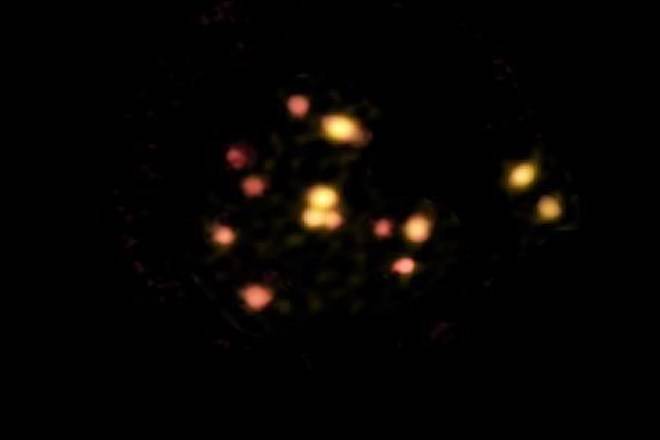Astronomers have discovered the beginnings of what they say is a gigantic cosmic pileup that could someday form one of the largest structures in the universe.
The team of Canadian and international scientists say they used a powerful telescope to detect the “impending collision of 14 young, starbursting galaxies” that will become a massive galaxy cluster.
RELATED: Star Gazing: Mars, the wet planet
The research, published in the journal Nature, says the so-called protocluster or group of galaxies is 12.4 billion light years away — suggesting its light began travelling to Earth when the universe was 1.4 billion years old.
One of the researchers, astrophysicist Scott Chapman of Dalhousie University, says the discovery challenges conventional understanding of how structures form in the universe since it happened so quickly and in a space only about three times the size of the Milky Way.
RELATED: B.C. space sleuth discovers NASA satellite not a ‘piece of space junk’
Until now, astronomers had theorized that protoclusters as large as this one would have taken much longer to form.
Chapman says it gives them the opportunity to study how galaxy clusters come together in extreme environments characterized by hot, ionized gas.
The Canadian Press



